The Issues
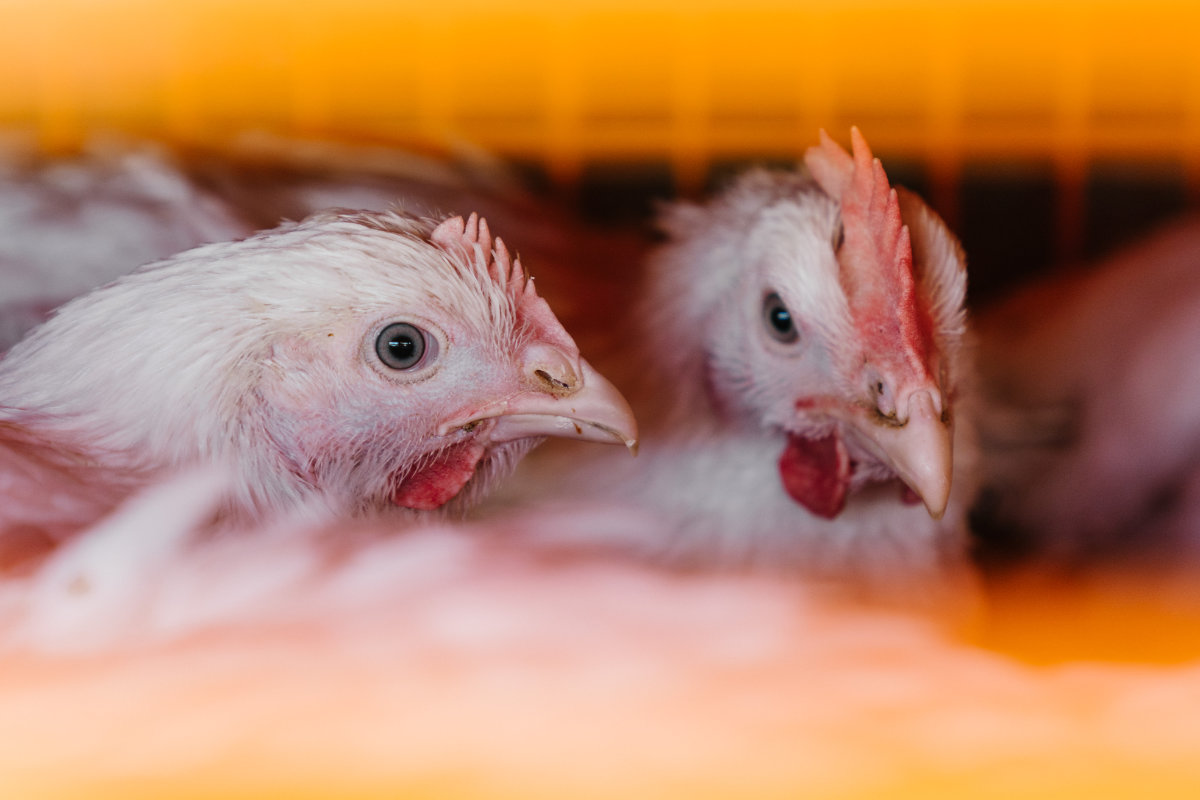
Broiler Chickens (Meat Chickens)
Over 664 million chickens are slaughtered each year in Australia, enduring a short, miserable life in confinement – typically crammed in dark sheds with tens of thousands of other chickens. They cannot express natural behaviour, such as spreading their wings and bathing in dirt.
Chickens are slaughtered at either 35 or 49 days old, at around 3kgs. Normally it would take a chicken 96 days to reach 2kgs. Now, with the use of selective breeding combined with artificial lighting, overcrowding and drug use to accelerate rapid growth, chickens can reach this weight in just 35 days.
Rapid growth results in skeletal and metabolic disorders which cause suffering, pain and death. 90 per cent of chickens have a detectable abnormal gait at the age they are slaughtered. Accelerated growth can also lead to sudden death syndrome through acute heart failure. This occurs in 1-4% of chickens. Of the half a billion farmed in Australia each year, that's up to 22,053,572 chickens who die of sudden death syndrome.
Eggs
There are around 21 million hens in Australia’s egg industry, along with a further 7.5 million pullets. The majority of hens are confined in battery farms in small wire cages (the size of an A4 piece of paper) with up to five other hens. They stand on wire all day every day, which can cause deformities and constant pain and discomfort. Birds regularly die in their cages and can remain there for days until factory workers remove them.
The stress and boredom of life in these factory farms along with their inability to establish a pecking order causes hens to peck and mutilate one another. In response to this, their beaks are cut off (debeaking) without the use of pain relief or anaesthesia, which causes pain and suffering.
'Barn laid' and 'free range' are feel-good terms that make consumers feel satisfied they are making a kinder decision when purchasing eggs. However, barn-laid facilities can house tens of thousands of birds in windowless sheds. And “free range” operations still subject hens to cruel debeaking procedures.
After just 18 months of life, as egg production reduces and they are no longer profitable, they are slaughtered. The industry has coined the term “spent hens” to describe them. Their only taste of sunshine will be experienced on their journey to the slaughterhouse – weak, often featherless and sick.


Male Chicks
Much like the dairy industry, male chicks are not useful when it comes to egg production. Soon after they are hatched, they will be killed - often by being poisoned by gas or macerated alive.
No Regulation
The Australian Model Code of Practice for Domestic Poultry provides no protection for meat chickens – rather, it assists the industry providing exemptions from prosecution. This means practices such as feeding dead chickens to other chickens, and sheer neglect, are believed to be commonplace. An example of neglect in Victoria (Tip Top Livestock) saw more than 86,000 chickens across six sites starved to death while those who survived had resorted to cannibalism, showing signs of distress, lameness and parasitic disease, as reported by the Herald Sun in 2015. No jail time was served.
Slaughter
Most chickens in Queensland are subjected to CO2 stunning prior to being slaughtered. They are passed through giant gas chambers before having their throat slit. This causes acute pain and suffering.
Slaughterhouses that use electrical stunning will hang the chickens upside down on a conveyor that typically leads to an electrified water bath before reaching the blades which cut their throat. From here they proceed into a scalding tank to loosen feathers before plucking. As some chickens will lift their bodies to avoid the electrical bath, there are cases where chickens are still conscious when they reach the blade and scalding tanks.
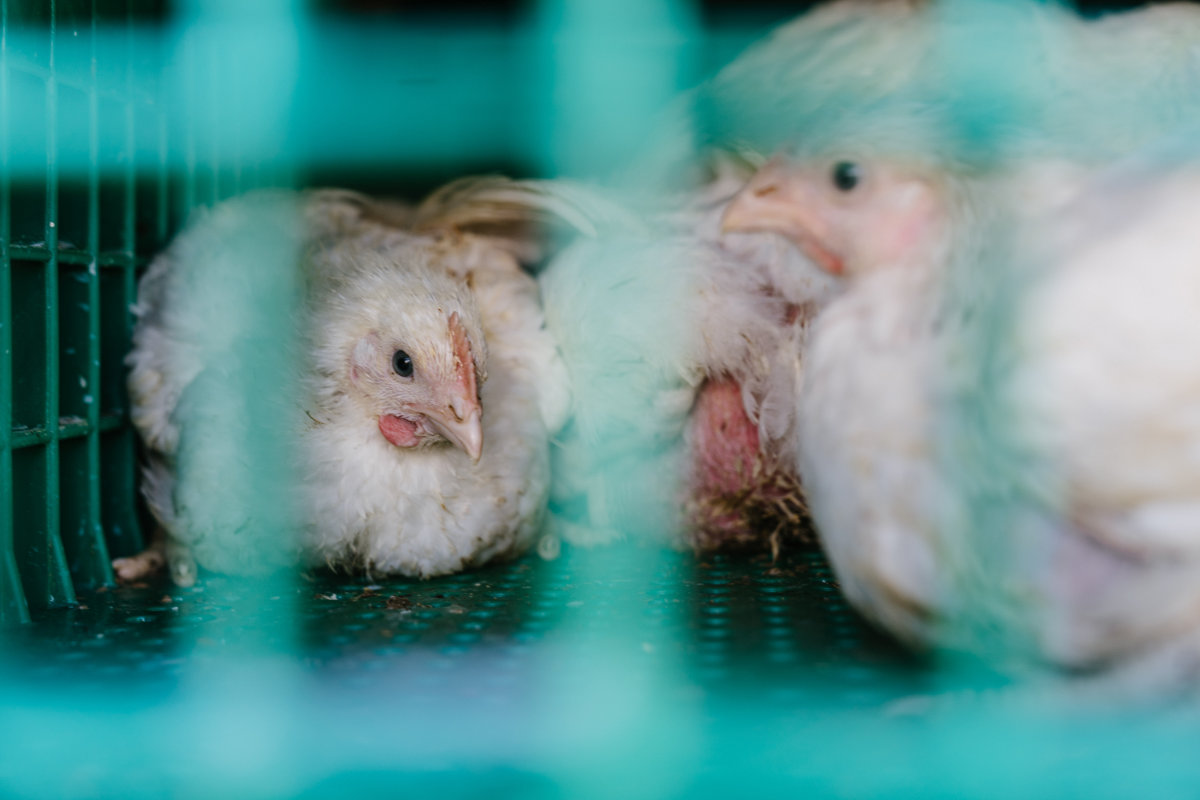
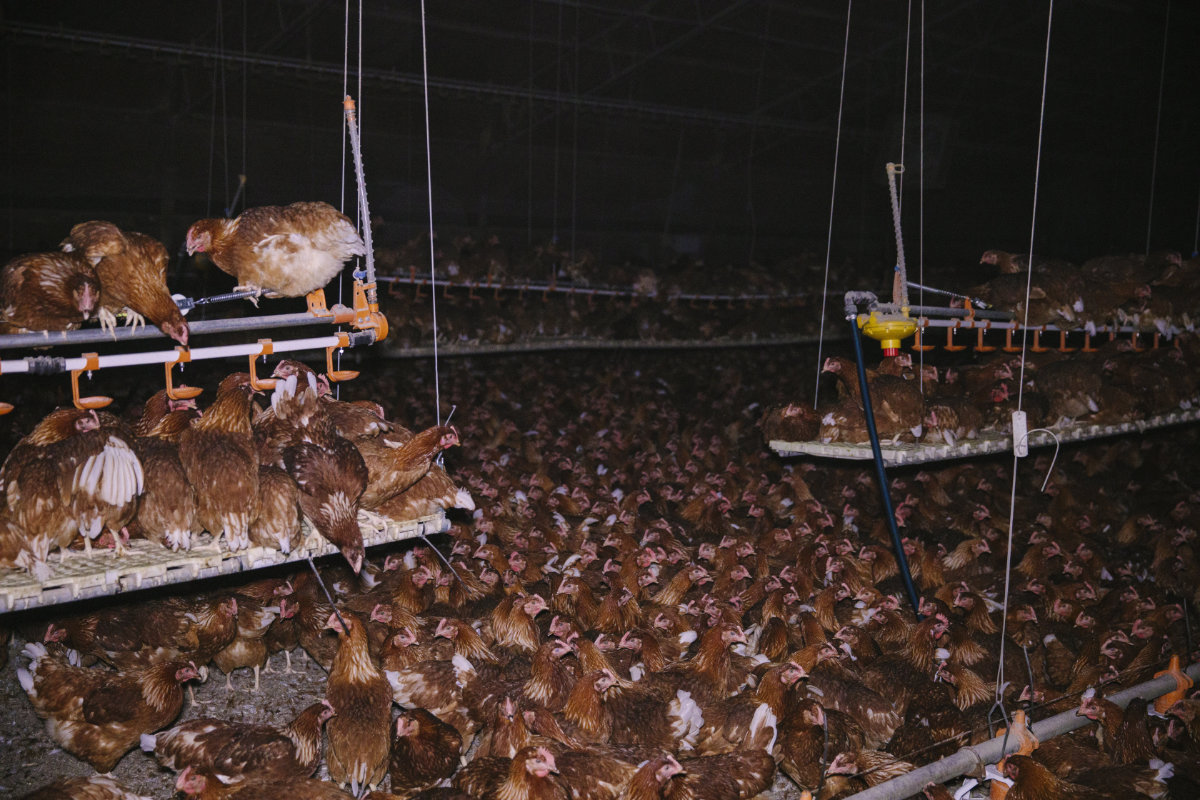
Lives not lived
The natural lifespan of a chicken is 8-10 years. Compare that to the 35 day lifespan of a broiler chicken, the entirety of which the chicken cannot express themselves or live any kind of meaningful existence. Chickens are recognised to display intelligent, complex behaviour, are very social creatures, and have distinct ways of communicating with one another. They can recognise individuals and studies have shown they worry about the lives of their fellow chickens and the future itself (and in modern-day Australia, for very good reason).
What are we doing?
- Raising awareness of the issues
- Investigating and documenting reports of animal cruelty in Queensland
- Working with a number of other animal rights groups to conduct ground-breaking investigations to expose the true cost of meat chickens to the public
- Monitoring and objecting to development applications for new or expanding chicken factory farms. In 2023, we successfully stopped a new chicken farm from being approved near Coominya, Queensland.
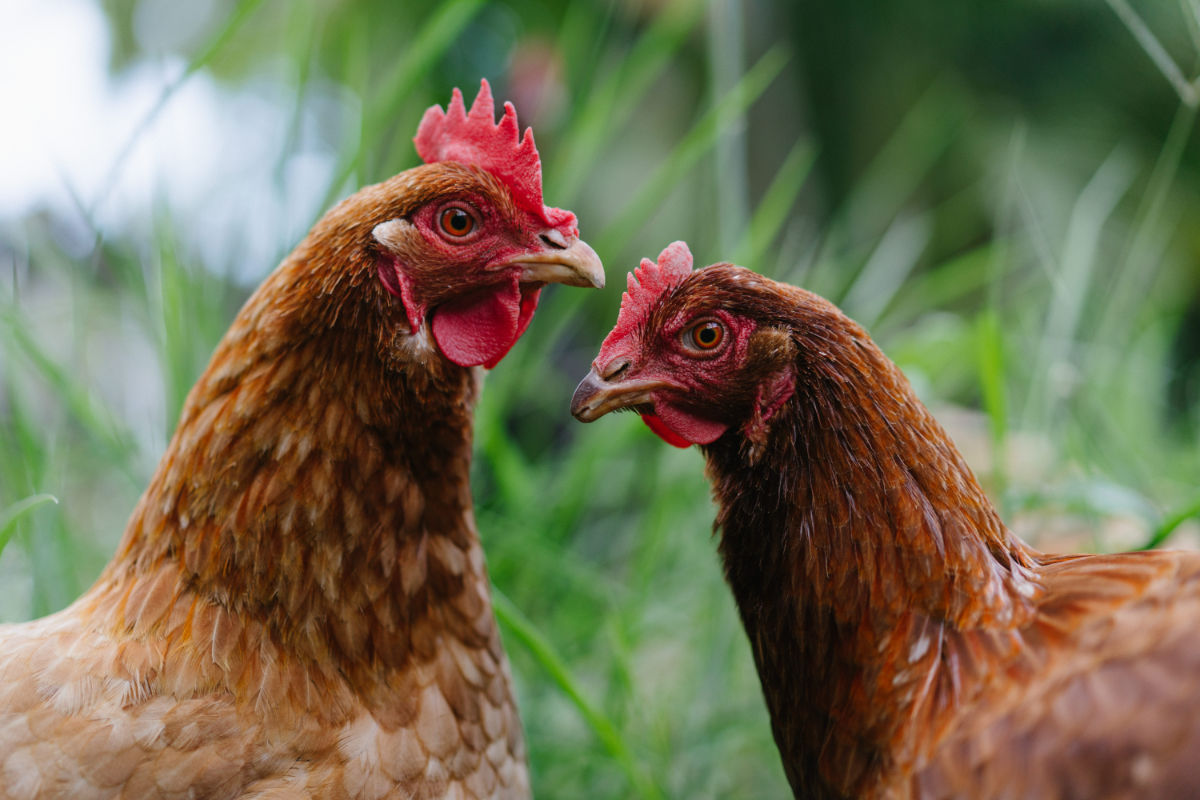
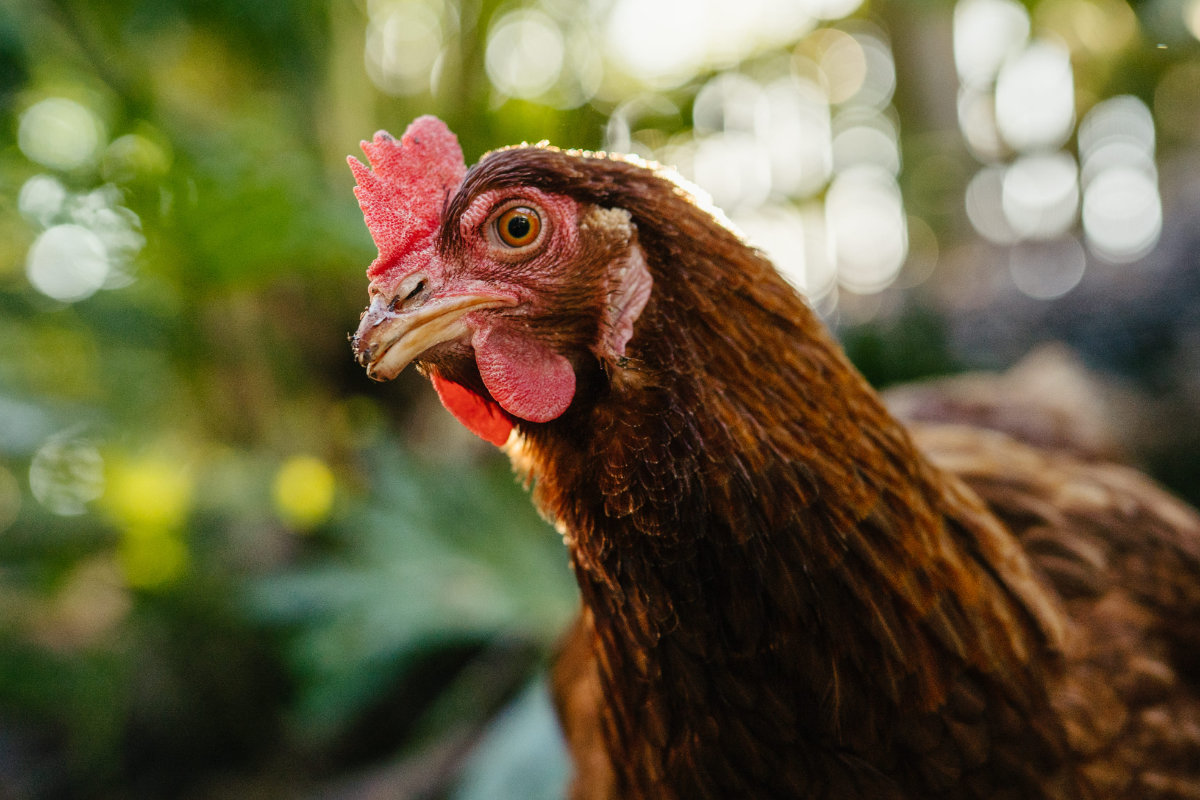
What can you do?
- Don’t consume chicken or chicken products. Take our 30 day vegan challenge & learn how to make the switch.
- Write to your local leaders and politicians about chicken exploitation and cruelty on farms and in businesses around you
- Write to supermarkets and fast food chains about the cruelty of chicken farming, and ask them to stop stocking cruel products and start stocking more vegan alternatives
- Talk to people about chicken suffering – many people aren’t aware of the suffering the ends up on their plate
